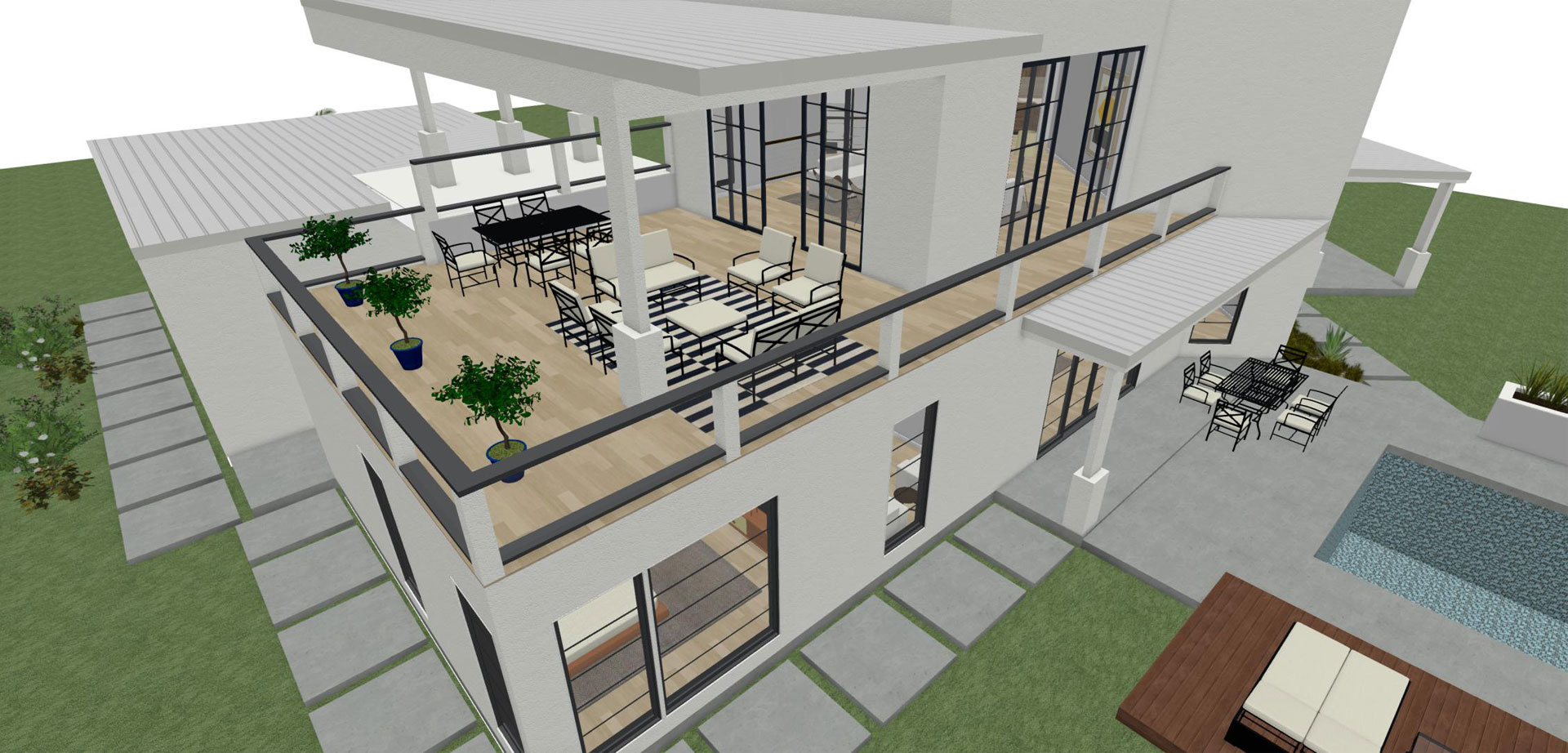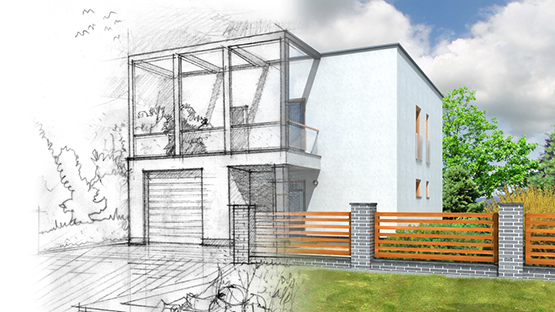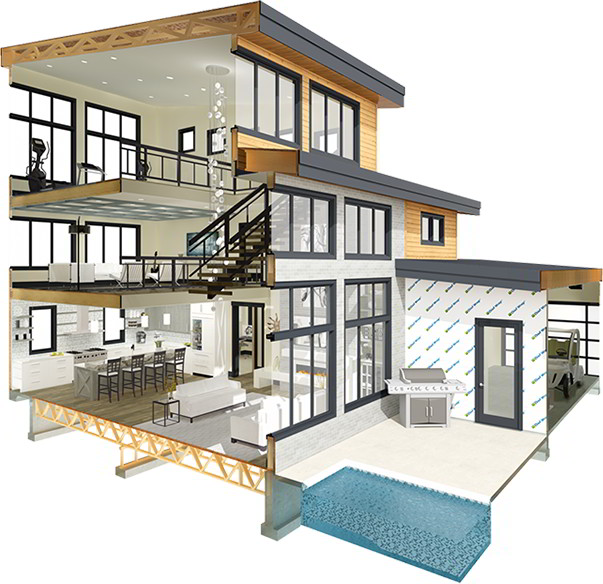A Detailed Summary of Building Designs and Their Impact on Modern City Preparation and Growth
Building designs have long worked as a mirror to the societal worths and technological improvements of their time, playing a crucial duty in forming contemporary city preparation and development. From the grandeur of Neoclassicism to the utilitarian method of Brutalism, each design has introduced special principles that affect urban aesthetic appeals and capability. As contemporary challenges occur, including sustainability and area requirements, understanding these historical frameworks comes to be crucial. The resulting dialogue not just notifies future style practices however additionally elevates relevant inquiries regarding the equilibrium in between heritage and development in our developing urban landscapes.
Historic Introduction of Architectural Designs

As cultures transitioned via the Center Ages, Gothic design emerged, characterized by its verticality and detailed detailing, mirroring the spiritual desires of the era. The Renaissance marked a revival of classic suitables, combining art and design in ingenious methods that affected succeeding designs across Europe.

Today, building styles proceed to progress, driven by globalization and sustainability problems, reflecting a dynamic interaction in between heritage and technology. This historic review underscores the relevance of style as a mirror of social advancement and as a stimulant for city growth.
Secret Architectural Styles Explained
The diversity of architectural designs shows the myriad influences that form our constructed environment, each embodying unique qualities and social importances. Trick building styles include Timeless, Gothic, Baroque, Modernism, and Postmodernism, each representing special historic contexts and visual ideologies.
Classical style, rooted in old Greece and Rome, emphasizes symmetry, percentage, and making use of columns (cda architects). On the other hand, Gothic style, growing in the Center Ages, is characterized by pointed arches, ribbed safes, and flying buttresses, creating an aerial high quality in sanctuaries. Baroque architecture, arising in the 17th century, is marked by grandeur, intricate embellishment, and a dynamic interplay of light and shadow
Innovation, which obtained momentum in the very early 20th century, focuses on feature over type, using new materials like steel and glass to produce minimalist structures. Postmodernism, responding versus the austerity of Modernism, welcomes eclecticism and historical reference, usually integrating playful elements and irony.

Influence On Urban Planning
In shaping the development of cities, architectural designs significantly affect metropolitan planning decisions. The choice of architectural style typically dictates the appearances, performance, and general personality of urban environments. As an example, modernism, with its focus on minimalism and performance, encourages open rooms and the integration of technology, shaping city formats that focus on effectiveness and access. Alternatively, conventional styles may emphasize historic preservation, leading to city styles that maintain social heritage and advertise pedestrian-friendly more tips here environments.
Furthermore, architectural styles can impact zoning policies and land use plans. Urban coordinators must take into consideration the dominating architectural patterns when creating areas, guaranteeing that brand-new advancements balance with existing structures. This factor to consider fosters cohesive metropolitan landscapes and improves neighborhood identity.
The execution of details architectural designs can additionally affect socioeconomic variables within a city. High-end contemporary styles may bring in upscale residents and services, leading to gentrification, while more affordable real estate solutions may focus on practical and lasting designs to fit diverse populaces. cda architects. Ultimately, the interplay in between building styles and metropolitan planning develops vibrant cities that show both historic context and contemporary demands, shaping the lived experiences of their citizens
Sustainability and Modern Architecture
Architectural styles play a pivotal duty in addressing modern challenges, specifically in the world of sustainability. As urban locations increase and ecological worries intensify, modern-day architecture increasingly embraces sustainable design concepts that focus on power efficiency, source preservation, and minimal eco-friendly impact.
Contemporary building motions, such as biophilic design and green style, advocate for frameworks that harmonize with their surroundings, making use of all-natural materials and promoting biodiversity. These designs often integrate renewable resource resources, such as solar panels and wind generators, to lower dependence on nonrenewable fuel sources and reduced carbon footprints.
Additionally, the assimilation of advanced innovations, such as clever structure systems, improves power management, maximizing resource use while ensuring resident convenience. Cutting-edge water monitoring approaches, including rainwater harvesting and greywater recycling, more add to lasting metropolitan atmospheres.
Significantly, sustainability expands beyond environmental concerns; it includes social and economic measurements. By cultivating area well-being and advertising inclusivity, modern-day architectural styles line up with sustainable advancement objectives. The advancement of architectural techniques proceeds to shape resilient cities that not just meet the demands of the existing however additionally guard the future for generations to come.
Community Involvement in Style
Neighborhood engagement in design acts as an important bridge between architects and the populations they offer, making sure that the developed setting reflects the needs and their explanation ambitions of its users. This joint process invites community participants to contribute their insights and preferences, promoting a feeling of ownership and duty towards the rooms they occupy.
Effective neighborhood interaction utilizes numerous approaches, such as workshops, studies, and public online forums, to collect diverse perspectives. These techniques facilitate a two-way dialogue, enabling designers to comprehend local contexts while empowering citizens to articulate their issues and needs. This inclusivity not only enhances the design top quality however likewise promotes social equity by resolving the special difficulties dealt with by marginalized groups.
Additionally, neighborhood involvement can cause cutting-edge services visit here that might not emerge in a standard layout procedure. By incorporating neighborhood understanding and social worths, architects can create rooms that resonate more deeply with customers, enhancing use and sustainability. Ultimately, focusing on neighborhood involvement in layout processes results in settings that nurture social interactions, support health, and strengthen neighborhood ties, thereby playing an essential duty in forming contemporary city landscapes.
Conclusion
Architectural designs have exceptionally affected modern-day city planning and advancement, mirroring evolving social and technical contexts. As cities proceed to grow and adjust, the ongoing discussion in between architectural heritage and modern-day design concepts will stay necessary in creating comprehensive, vivid spaces that improve quality of life and advertise social equity.